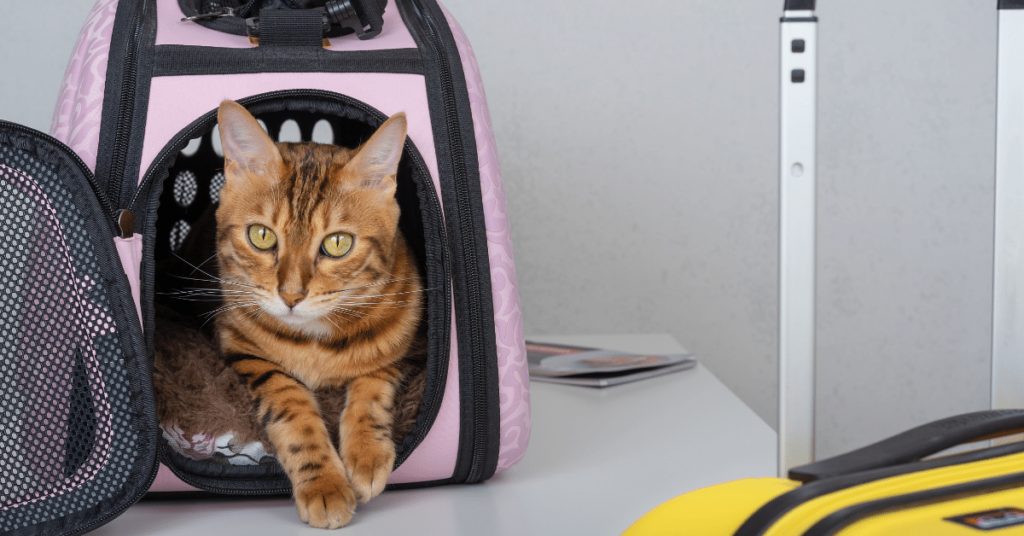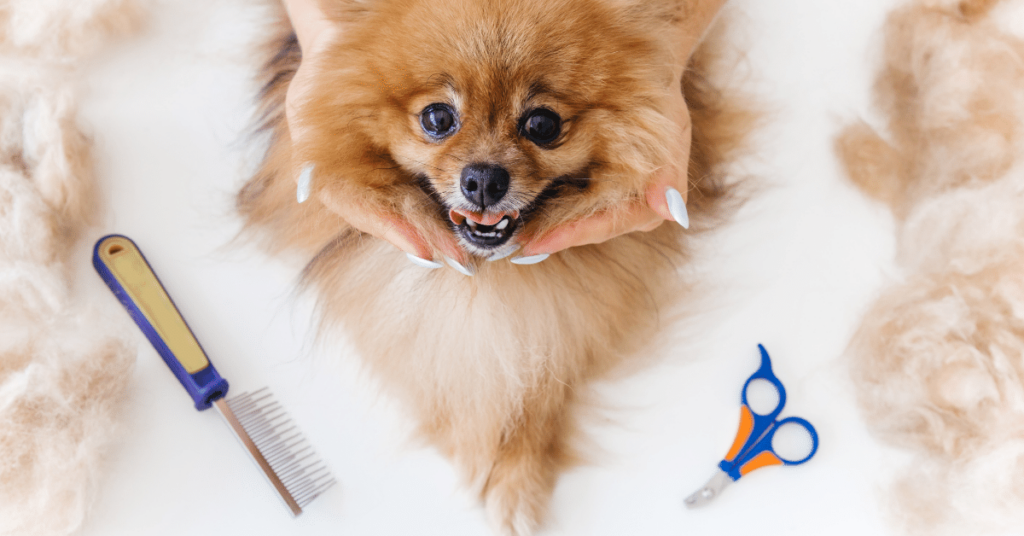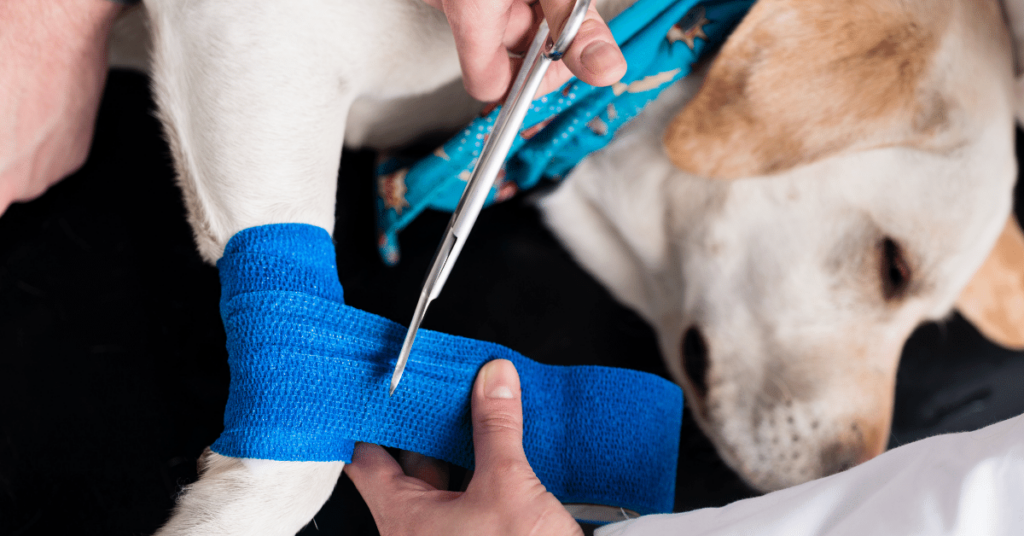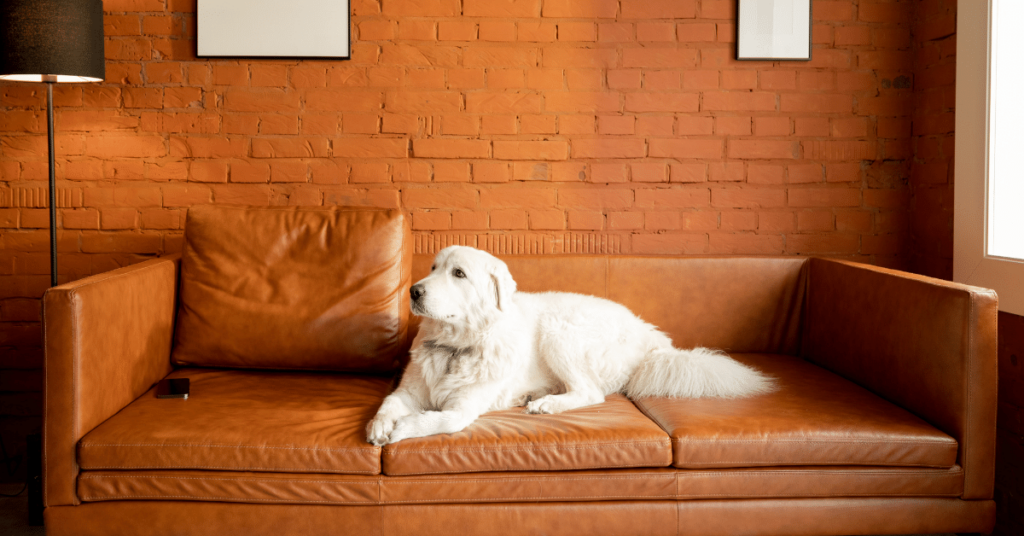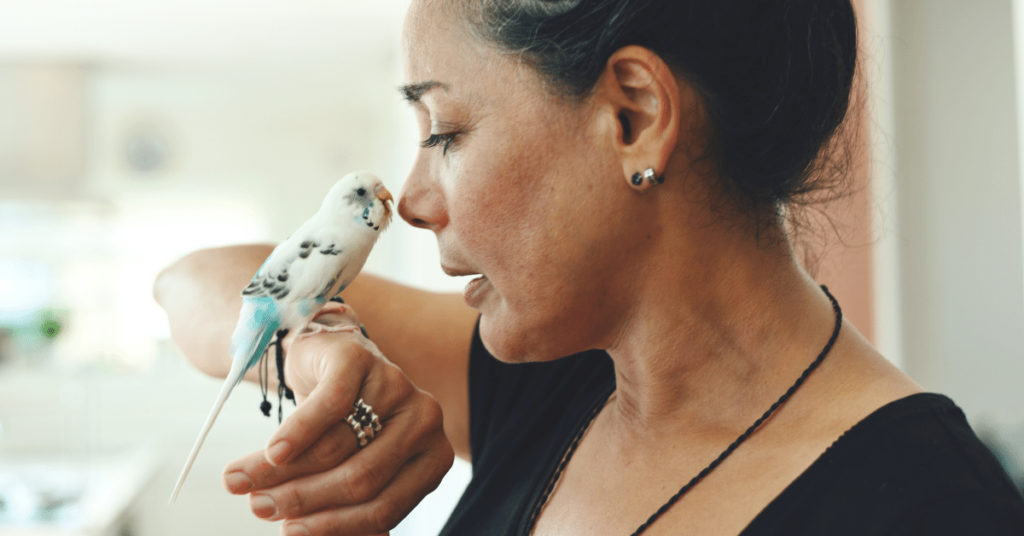Introduction
Bringing your cat to the vet can be a stressful and challenging experience for both you and your feline companion. However, with proper training and preparation, you can reduce the stress and anxiety associated with vet visits. One essential step in this process is training your cat to use a pet carrier. In this article, we will guide you through the process of training your cat to feel comfortable and secure in a pet carrier, making vet visits easier and less frightening for your furry friend.
Why Training Your Cat to Use a Pet Carrier is Important
Using a pet carrier is not only essential for your cat’s safety during travel but also provides a secure and comfortable space for them during veterinary visits. A well-trained cat who is familiar with their carrier is more likely to remain calm and relaxed, reducing stress for both you and your cat.
Choosing the Right Carrier
Before embarking on the training process, it is crucial to select a pet carrier that is suitable for your cat. Opt for a carrier that is spacious enough for your cat to stand, turn around, and lie down comfortably. Ensure that the carrier is sturdy and secure to minimize the risk of escape or injury. Additionally, choose a carrier with a top-loading option, as it provides easier access and reduces the stress of coaxing your cat into the carrier through a small door.
Familiarizing Your Cat with the Carrier
Start by placing the carrier in an area where your cat spends a lot of time. Make it an inviting and comfortable space by lining it with a soft blanket or bedding. Leave the carrier door open and place treats or toys inside to entice your cat to explore. Encourage your cat to investigate the carrier at their own pace, rewarding them with praise and treats when they show curiosity or enter the carrier voluntarily.
Gradual Introduction
Once your cat is comfortable entering the carrier on their own, it’s time to proceed with gradual introduction and positive reinforcement. Start by closing the door for a few seconds while your cat remains inside, then reward them with treats and praise. Gradually increase the duration, extending the time your cat spends confined in the carrier. This step helps them become accustomed to the feeling of being inside a closed carrier without feeling trapped or anxious.
Short Trips at Home
Next, introduce short trips at home to get your cat accustomed to movement while in the carrier. Gently carry the cat in the carrier, simulating the feeling of a car ride. Start with short distances and gradually increase the duration and distance of these practice trips. Throughout the ride, talk to your cat in a calming voice and provide treats or toys to distract and reassure them.
Car Rides
Once your cat is comfortable with short trips at home, it’s time to venture outside. Start with brief car rides around the block or to a nearby park. Ensure that the carrier is securely fastened in the car, either by using a seatbelt or placing it in a carrier-specific car seat. Keep the car windows closed and play soft, soothing music to create a calm atmosphere.
Vet Visits
As your cat becomes more comfortable with car rides, it’s essential to associate the carrier with positive experiences at the vet. Schedule short, stress-free visits to the veterinarian’s office for routine check-ups or simple procedures. Avoid overwhelming your cat with long vet visits initially. Reward your cat with treats and praise during and after the visit to reinforce positive associations with the carrier and the vet’s office.
Dealing with Fear and Anxiety
During the training process, it’s not uncommon for cats to exhibit fear or anxiety. If your cat shows signs of distress or resistance, never force them into the carrier. Allow them to retreat to a safe space and calmly try again later. Consider using calming aids such as pheromone sprays or treats specifically designed for stress relief in cats. Consult with your veterinarian if your cat’s anxiety persists or if you require additional guidance.
Summary
Training your cat to use a pet carrier is an essential step in reducing stress and anxiety during vet visits. By providing a secure and comfortable space for your cat, you can help them feel more at ease during travel and veterinary appointments. Remember to choose an appropriate carrier, gradually introduce your cat to it, and associate positive experiences with the carrier and vet visits. With patience, consistency, and positive reinforcement, you can make vet visits a less frightening experience for both you and your beloved feline companion.

